Visit The Baleshwar Temple To Witness The Architectural Marvels Of Uttarakhand In 2025
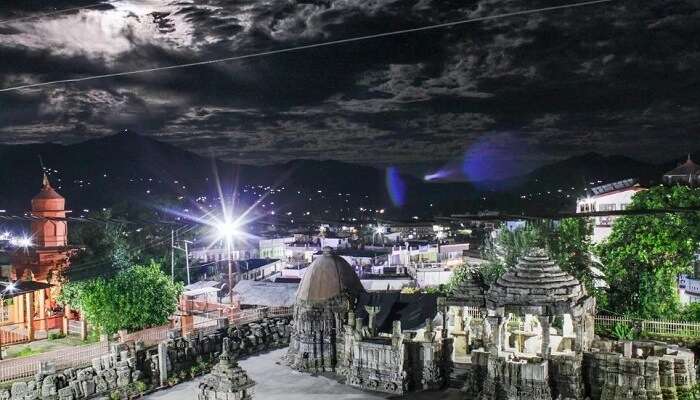
The Baleshwar Temple represents India’s wealthy cultural and architectural legacy of India regarding its exquisite craftsmanship abilities and historical value. This ancient temple dedicated to Lord Shiva is located in Champawat, Uttarakhand, and dates back to the 10th century during the reign of the Chand dynasty. Its architecture represents a fusion of stone carvings, ornate pillars, and fine sculptures that speak much about the greatness of the craftsman during the period. It is among the oldest temples of Uttarakhand. The special style of its architecture—the wooden roof and carved stone walls depicting scenes of mythology or some heavenly beings—speaks of the religious passion and artistic zeal that should have enthralled ancient India. Situated amidst serene Himalayan landscapes, this temple presents not a religious site but a cultural centre where visitors can probe deep into the rich past of the region and behold the eternal leave left behind by Indian architecture.
Baleshwar Temple Location
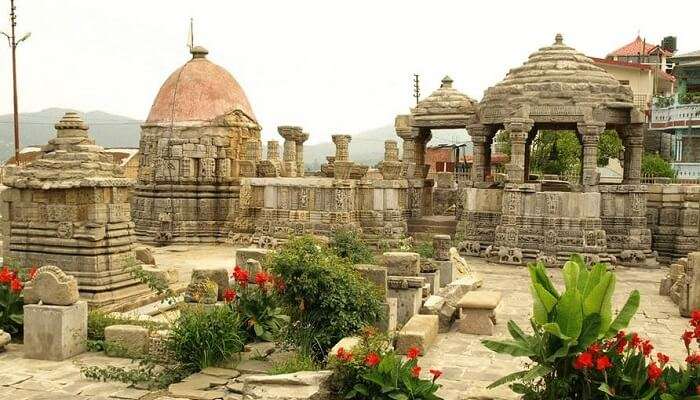
Champawat is a district in Uttarakhand, India, and one of Kumaon’s nicest towns. It lies in a beautiful location at the foot of the Himalayas and is historically and culturally very important. The Baleshwar Temple is one of the main places of interest in this town.
Champawat is situated on the banks of the Gomati River, with beautiful hills in front and surrounded by a lush green environment. It is easily accessible by road, located about 75 kilometres from Pithoragarh, and well connected through regular bus services and private taxis. This serpentine drive through the winding roads of Uttarakhand would present another visual treat to the temple visitors before they come across this architectural marvel.
Must Read: Snowfall In Binsar
Baleshwar Temple Timings
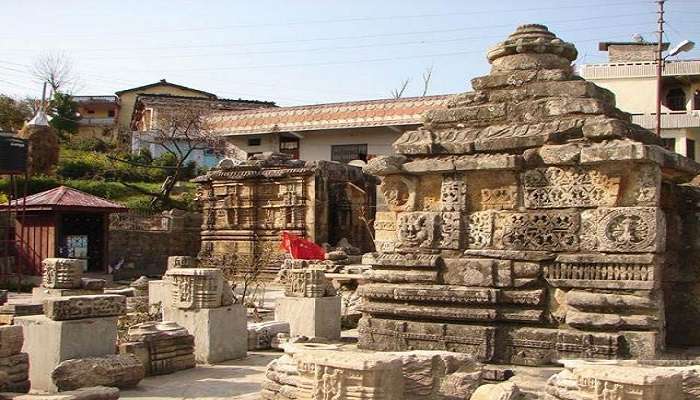
Beginning from daybreak to late evening, the Baleshwar Temple is always well underway with pilgrims and tourists who come to surround this ancient and architectural beauty. Typically, the temple opens at the break of dawn and then remains open until evening, accommodating many pilgrims who reach there to offer their homage at the throne of Lord Shiva and to seek blessings from him.
Although there are periodical or seasonal changes or any updated timings during special days, it is advisable to visit the place in broad daylight so that intricately done stone carvings, ancient sculptures, and the serene atmosphere of this sacred site can be well appreciated. Any changes in opening hours should be checked locally, or visitors are advised to contact the temple office before they plan their journey to Champawat.
Baleshwar Temple History
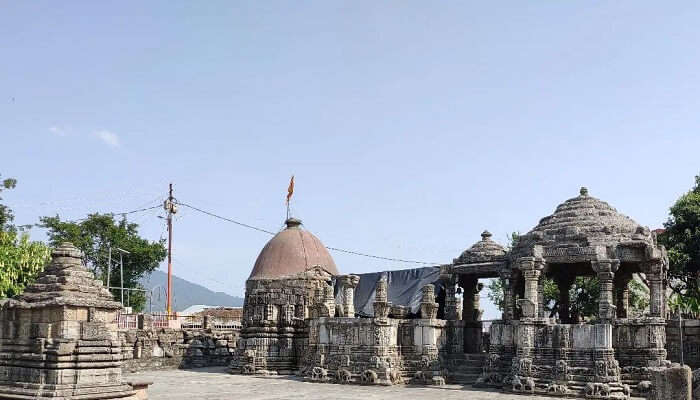
The history of the Baleshwar Temple of Champawat district in Uttarakhand goes as far back as the 10th century during the reign of the Chand dynasty. This old temple is identified with Lord Shiva and is well-known for its architectural beauty and cultural elegance, which have prevailed in the area for so many years. Due to its beautiful stone carvings and the availability of sculptures portraying mythological stories, Baleshwar Temple is inevitably rated high with respect to the artistry and religious thoughts of the people who built it. For centuries, it has remained a reverend pilgrimage place that attracts devotees and history buffs to witness its historic legacy and spiritual sanctity amidst the serene landscape of the Himalayas.
Construction and Architecture: The Baleshwar Temple was constructed in the 10th century by the Chand dynasty and showcases the best of medieval Indian architecture. The temple is dedicated to Lord Shiva, who is worshipped by the locals as Baleshwar and embodies an excellent fusion of stonework and wooden architecture.
Suggested Read: Mansa Devi Temple
Historical Significance
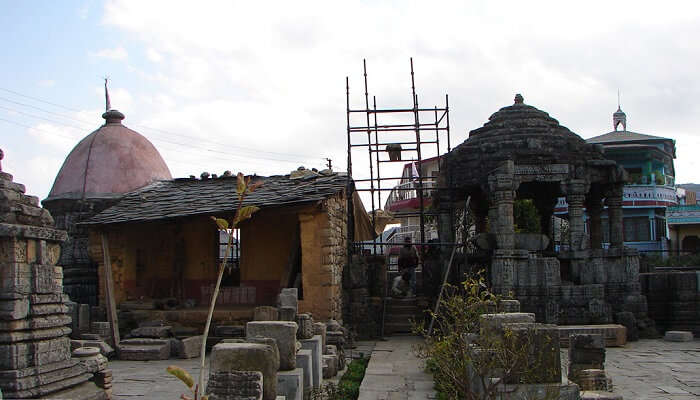
Baleshwar Temple is of great historical significance in the state of Uttarakhand. This ancient temple has been a religious and cultural hub since its construction. It was built to worship Lord Shiva, to whom it is still dedicated. Throughout history, many rulers and dynasties have passed through the area, all adding to the temple’s architectural decoration and cultural traditions.
For generations, Baleshwar Temple has served as a place of worship and a rallying point for community activities, religious festivals, cultural rites, and intellectual discourses that preserved and promoted the region’s rich heritage.
Initiative for Cultural Heritage and Conservation
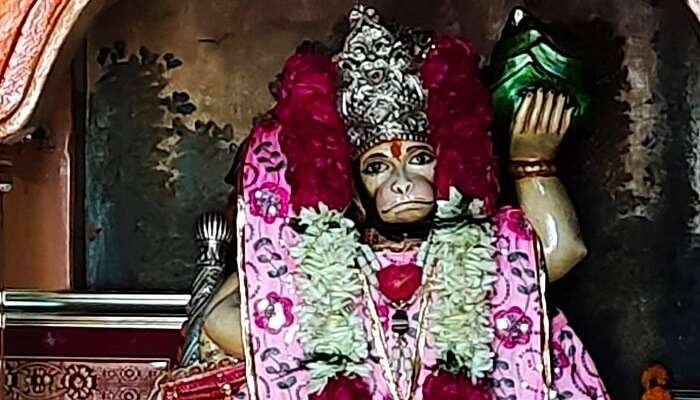
The cultural heritage of Baleshwar Temple lies not only in its architectural wonders but also in its role in preserving local traditional faith and belief. Enthroned with annual festivals like Mahashivaratri and Navratri, this temple attracts many pilgrims and tourists from all over to participate in the temple’s colourful festivities and observe the ancient customs and rituals practised here.
Restoration works to the intricate artwork and structural integrity are in progress with the cooperation of local communities, religious institutions, and initiatives by governments at the panchayat and state levels. These efforts in conversation would thus help conserve Baleshwar Temple for generations to come so that the historical, architectural, and cultural significance within its premises goes on to inspire and educate many around the world.
Further Read: Snowfall In Dhanaulti
Experience the timeless charm of the Baleshwar Temple in Champawat, Uttarakhand. It is an ancient mysticism showing creation and spiritual devotion of ancient craftsmanship. Plan a visit to the intricate stone carvings and serenity, and walk through the history of its surroundings embroiled in centuries of cultural heritage. Be it a history enthusiast, spiritual seeker, or one drawn to architectural marvels, Baleshwar Temple assures a journey enriched in history and reverence. It is through this mystic atmosphere of the holy place that you see before you, enriched, the timeless glory of the worship of Lord Shiva. Begin your pilgrimage to the Baleshwar Temple and see what the old mystique holds for you. So, plan your trip to Uttarakhand and experience the mystique of beauty.
For our editorial codes of conduct and copyright disclaimer, please click here.
Cover Image credit: By Khushi jain12 for Wikimedia Commons.
Frequently Asked Questions About Baleshwar Temple
What is the history of Baleshwar Temple?
Baleshwar Temple dates back to the 10th century when it was built during the reign of the Chand dynasty at Champawat in Uttarakhand. This temple is dedicated to Lord Shiva and represents magnificent Nagara-style architecture with exquisite stone carvings, which are very convincingly executed, and a wooden roof. The temple has retained the centre for religious and cultural identity throughout history, reflecting creative skill and spiritual attachment by its builders.
Where is Baleshwar Temple located?
Situated in Champawat, a beautiful town in the Kumaon region of Uttarakhand, India, Baleshwar Temple lies on the banks of the Gomati River. It offers beautiful vistas of the Himalayan foothills and can be reached by road from the nearby cities like Pithoragarh, which is about 75 kilometres away.
What are the visiting hours of Baleshwar Temple?
The Baleshwar Temple is open all day from morning to evening. One will do better if trying to visit in the daylight as there is much to see in the temple architecture, sculptures, and surroundings. It would be best to inquire locally or at the temple regarding revised timings, especially when festivals are celebrated.
Which festivals are celebrated at Baleshwar Temple?
The festivals celebrated here are those that bring prosperity to Baleshwar Temple, like Mahashivaratri, Navratri, and other religious festivals in the eulogy of Lord Shiva. Thousands of devotees gathered during these festivals to participate in rituals, cultural programmes, and community gatherings, offering a spiritual ambience and cultural vibrancy to this temple.
How can I help in the preservation of the Baleshwar Temple?
Visitors can help or contribute to the preservation work going on at Baleshwar Temple by following temple rules, not fiddling with exuberant carvings, and being respectful during rituals. Donations toward funds maintained by the Temple authorities also help in beneficial ways to carry out maintenance and conservation practices to preserve the temple's architecture and cultural heritage for posterity.
People Also Read:
Dwarahat Temple Shringi Rishi Temple Maha Vishnu Temple

Innovative Content Writer Focused on Producing High quality, Original Content that drives traffic and engages readers. Experienced in Content strategy and analytics to measure content performance using tools such as SQL, Power BI, Excel.











